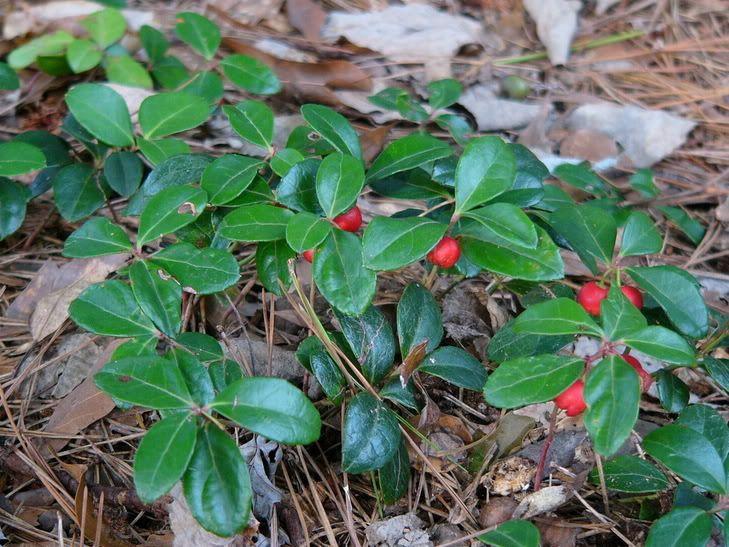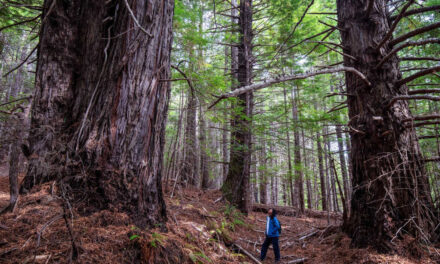Abigail Yarrison ‘24, Editor In Chief
These days, finding food is easy. It is prepared for us in the dining hall and stocked neatly on grocery store shelves. It hasn’t always been like this. The earliest people were hunter-gatherers who foraged the wild landscape for berries, leaves, flowers, and nuts. We may have matured from mucking in the woods to strolling down the aisles of Giant, but those wild edible plants are still out there. Here are four surprisingly edible plants that we just don’t eat.
- Tea berries (AKA Checkerberry or Wintergreen Berry)
Source: Pinterest.com
From September to December you can spot these bright red berries contrasted against the browns of dying leaves along the forest floor. Tea Berries are ground cover found in all types of woodlands. When you crush the leaves, they release a wintergreen smell giving the plant its alternate name of Wintergreen Berry. The berries themselves also have a wintergreen flavor.
- Stinging Nettle
Source: organiclifestylemagzine.com
If you’ve ever been stung by a stinging nettle plant, you’re probably confused how this plant could possibly be edible. It’s true that touching the stinging hairs on the leaves causes painful stings and raised bumps on the skin, and that is why the leaves MUST be boiled before eating. Stinging nettle is very common in the United States, and might even be in your backyard. The leaves of nettle can be used to make tea or used in place of spinach in any dish.
- Queen Anne’s Lace (AKA Wild Carrot)
Source: gardeningknowhow.com
This beautiful flower gets its first name from the legend that Queen Anne of England pricked her finger and a drop of blood fell upon the center of the flower, leaving a mark (many of these flowers have a purple center surrounded by white “lace”). The second name, Wild Carrot, comes from the fact that the edible roots of the plant smell like carrots. The roots, leaves, and flowers of the plant are edible. In fact, some people French-fry the flowers!
- Cattails
Source: fineartamerica.com
What!? Cattails? No way!
Yes, no way. The actual “cattail” part of the plant is not edible. In fact, if you bite into nature’s hotdog you’ll find yourself with a mouthful of fuzzy silky strands. Not tasty. The edible part of the plant would be the young shoots or the roots. One of the more interesting edible parts is the pollen of cattails which can be harvested before the hotdog forms. The pollen can be used with regular flour to make pancakes or muffins.
Disclaimer: please do your research into identifying these plants properly before you eat anything in the woods. The facts presented here are true, but do not go into detail on finding or identifying the plants. If you want to learn more, research on the internet or in many available foraging books. Happy hunting!





